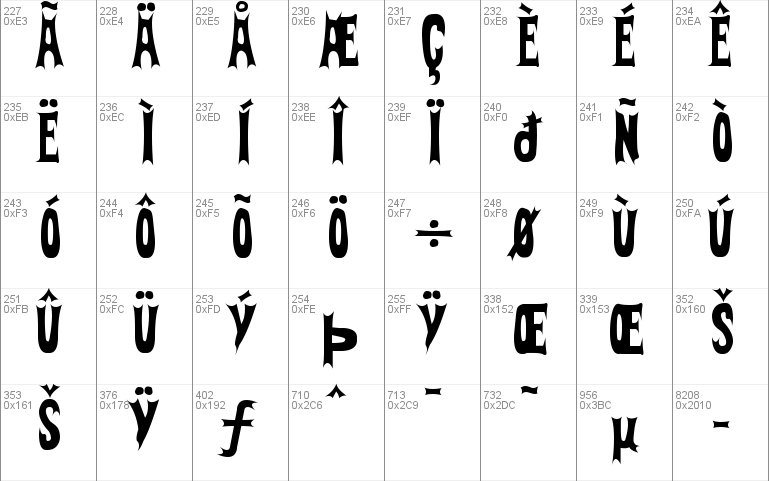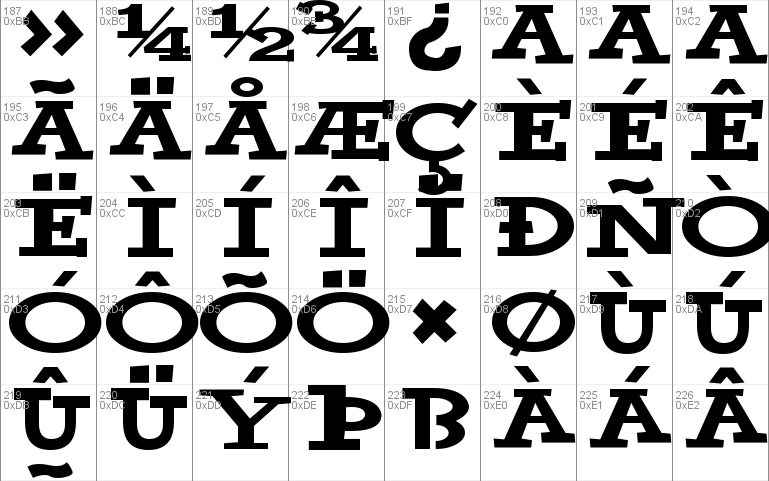

We'd like to investigate this issue for you. Several Hebrew fonts for PC (Windows) are available for free from. #FREE HEBREW FONT MICROSOFT WORD FOR FREE# Microsoft's Hebrew support includes Hebrew versions of various standard fonts, such as. The Word font dropdown? The list of fonts installed in Windows (Control Panel Appearance and Personalization Fonts)? What specific fonts are you trying to use? Are you trying to apply these fonts to Hebrew text, English text, or both? Have you been able to use these fonts in the past? Can you use these fonts in other non-Office applications on the same computer, such as Notepad? When you say 'all the fonts I use are listed', what list are you referring to? If you have AOL, there are also Hebrew fonts that can be downloaded from AOL.īefore we get started, there are a few things we need to know. Something else? This entry was posted on.

With older, non-Unicode fonts, character glyphs were simply mapped over Roman characters. So, with SPEzra for example, pushing "b" displays a bet, and "(" displays an ayin. However, the computer understands these characters as "b" and "(." Thus, when the document is transferred to a computer that does not have that specific font installed, the computer displays those characters. Unicode seeks to allow for transfer of encoded documents between platforms and independent of fonts. If a document is typed using one Unicode font, it will also be viewable using another Unicode font. Likewise if the font is not installed, the computer simply defaults to its normal Unicode font. If one wants to use a different font for aesthetic (or other) reasons, one can change the font just like one would do with English. Additionally, the computer understands the characters to be the ones that the screen displays. So, an ayin both displays as an ayin and is encoded that way. This makes cross-platform text transfers and searches possible, because texts can be encoded with the characters in which they are written.

Even though learning to switch to and use keyboard layouts for other languages takes a little bit of time to learn, the benefits of Unicode more than make up for this small initial investment of time and effort. #FREE HEBREW FONT MICROSOFT WORD MAC#īoth Windows and Mac operating systems ship with a Greek Polytonic keyboard suitable for biblical and classical Greek. Please refer to the installation instructions for the individual platform for help activating them. (Please note that characters with Unicode values in red are combining characters and not all characters are available in the SBL BibLit font.)ĪltGr (=right Alt key for Windows, alt/option for OS X) The transliteration keyboard uses the following layout: Where can I find specific keys for the transliteration keyboard? #FREE HEBREW FONT MICROSOFT WORD DRIVERS#.#FREE HEBREW FONT MICROSOFT WORD FOR MAC#.#FREE HEBREW FONT MICROSOFT WORD FOR FREE#.


 0 kommentar(er)
0 kommentar(er)
